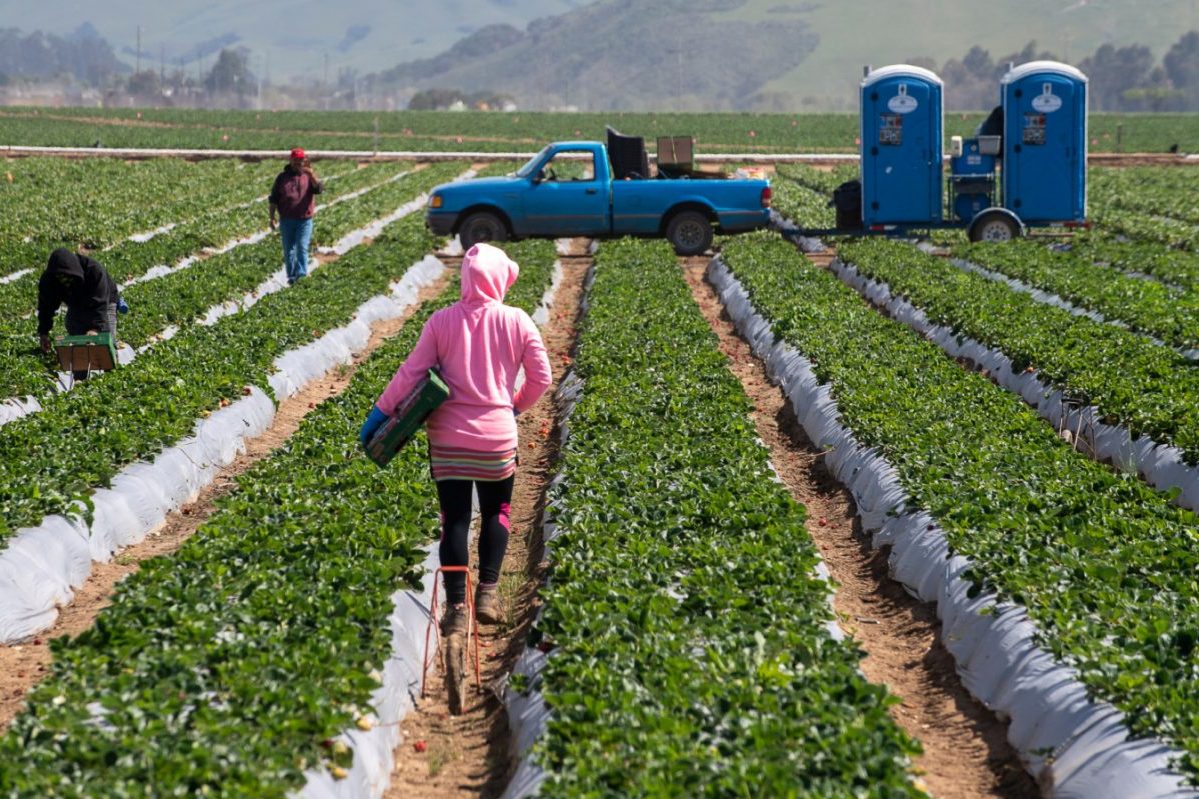The difference between the value of available water and the amount used in California is widening.
The state’s two central water bodies, the Sacramento – San Joaquin River Delta and California’s groundwater basins, are both overtapped at a rate of around 6–7 million acre-feet each year, illustrating the difference.
California, on the other hand, has the potential to fill this vacuum. Four easy solutions can produce 11–14 million acre-feet of new water sources while reducing demand.
That’s enough water to replenish drained aquifers and restore a healthy Delta, with thousands of acre-feet left over to sustain growth and industrial development.
1. Agriculture
This, which absorbs approximately 80% of California’s developed water supply, could save 5.6–6.6 million acre-feet per year while retaining current acreage and crop mix. This equates to a 17–22% reduction in agricultural water use.
2. Urban Efficiency
Urban areas, including residential and commercial uses and account for the remaining 20% of developed water usage in California, could cut water use by 2.9–5.2 million acre-feet annually, or 32–57 percent.
3. Water Reuse
Californians can extend their water supply even further by treating and reusing water for various uses when necessary. Beyond what has already been accomplished, the current water reuse capacity is 1.2–1.8 million acre-feet annually.
4. Stormwater Capture
Rather than sending rainwater to sewers and out to sea, capturing it and storing it for later use will boost water sources while reducing contamination and treatment costs.

